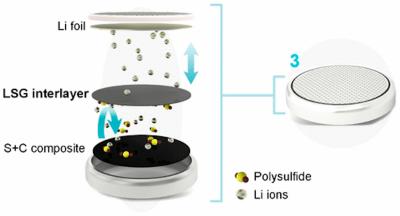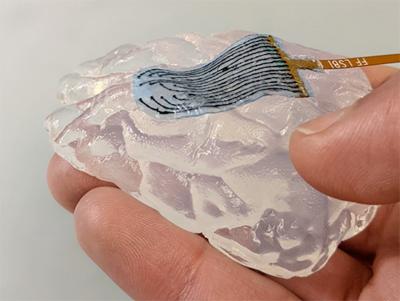by MBF Admin | Jul 15, 2021 | 2D materials, Aerospace, AGM, Angstron Materials, Audio, Development, Graphene applications, Graphene batteries, Investment, Products, Research, Technical / Research
Graphene Manufacturing Group (GMG) has announced that it is procuring equipment for a pilot production and testing plant for the manufacture of its Graphene Aluminum-Ion Batteries.Following recently published performance results and encouraging customer feedback,...
by MBF Admin | Jul 9, 2021 | 2D materials, Aerospace, AGM, Angstron Materials, Audio, Development, Graphene applications, Investment, Products, Research, Technical / Research
Rare-earth compounds have attracted researchers for decades thanks to the unique quantum properties they display, which have so far remained out of reach of everyday compounds. One of the most remarkable and exotic properties of those materials is the emergence of...
by MBF Admin | Jun 30, 2021 | 2D materials, Aerospace, AGM, Angstron Materials, Audio, Development, Graphene applications, Investment, Products, Research, Technical / Research
A research team at Nagoya University in Japan has developed a new technique for synthesizing nanographenes, remarkable materials with a vast number of potential structures that can even exhibit electric and magnetic characteristics beyond those of graphene. Since each...

by MBF Admin | Jun 30, 2021 | 2D materials, Aerospace, AGM, Angstron Materials, Audio, Development, Graphene applications, Graphene batteries, Investment, Products, Research, Technical / Research
KAUST researchers have a layer of hierarchically three-dimensional porous graphene can greatly suppress polysulfide shuttling – a problem known to be holding back the development of lithium-sulfur batteries. This could potentially help create high-density...
by MBF Admin | Jun 29, 2021 | 2D materials, Aerospace, AGM, Angstron Materials, Audio, Boron Nitride, Development, Electronics, Graphene applications, Graphene videos, Investment, Mechanical strength, Products, Research, Technical / Research
A research team led by the University of Basel has found that the electronic properties of graphene can be specifically modified by stretching the material evenly.The researchers, led by Professor Christian Schönenberger at the Swiss Nanoscience Institute and the...

by MBF Admin | Jun 27, 2021 | 2D materials, Aerospace, AGM, Angstron Materials, Audio, Carbon Nanotubes, Development, Graphene applications, Investment, Medicine, Products, Research, Technical / Research
A team of scientists from Harvard’s Wyss Institute and John A. Paulson School of Engineering and Applied Sciences (SEAS) has created flexible, metal-free electrode arrays that conform to the body. This conformity allows, for example, electrical impulses to be recorded...


